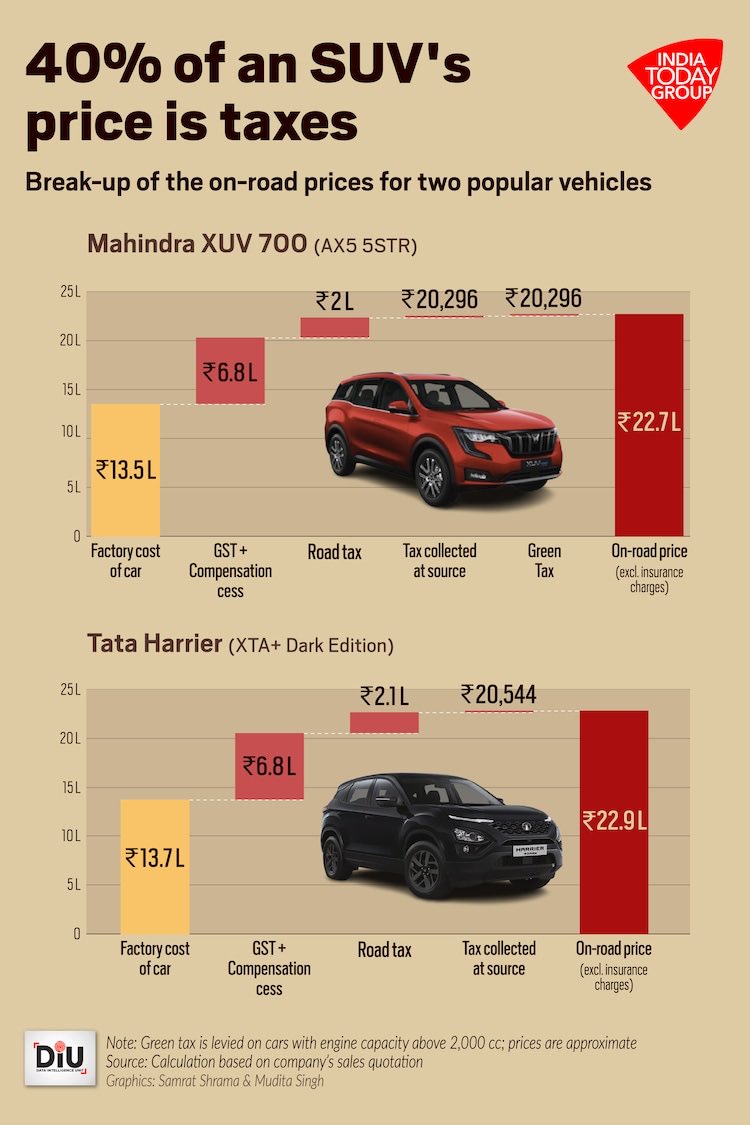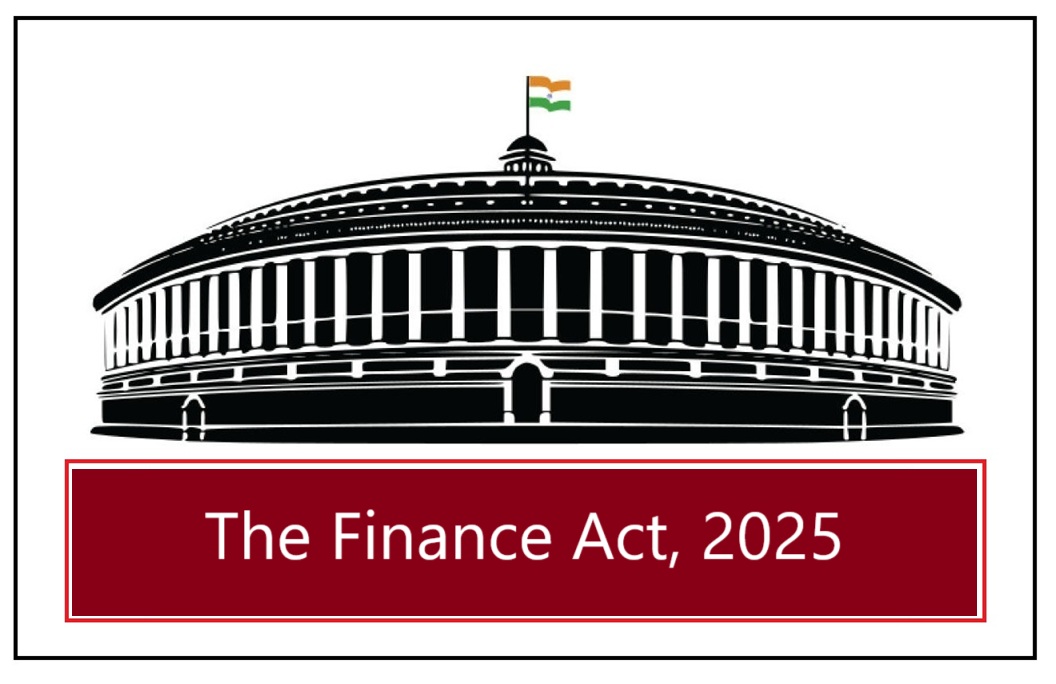
India’s Car Taxes Are Out of Control: A Burden on Buyers, Cabs, and Safety
If you’ve ever dreamed of owning a car in India, you’ve probably had a rude awakening at the showroom. As of March 30, 2025, buying a car here isn’t just a purchase—it’s a tax marathon. With the government pocketing roughly 40% of a car’s cost in taxes, on top of the 30% income tax many of us already pay, it’s no wonder car ownership feels like a luxury reserved for the elite. But the fallout goes beyond sticker shock: it’s tanking cab quality and forcing millions onto two-wheelers where every ride is a gamble with fate. Let’s unpack this mess.
The Tax Trap: 40% on Cars, Plus 30% on Your Income
Picture this: you’re eyeing a modest hatchback with an ex-factory price of ₹10 lakh. By the time it’s yours, you’re shelling out closer to ₹14-15 lakh. Why? Taxes. The Goods and Services Tax (GST) slaps on 28% for most cars—already one of the highest rates globally. Then comes the cess, which can climb to 22% for larger vehicles or SUVs over 4 meters. Add state-specific road taxes (8-20%, depending on where you live) and a sprinkle of other fees like TCS (Tax Collected at Source) and insurance GST (18%), and you’re looking at 40% or more of the car’s cost going straight to the government.
Now, here’s the kicker: you’re paying this with income that’s already been taxed up to 30% if you’re in the higher slabs (above ₹15 lakh annually). For someone earning ₹30 lakh a year, that’s ₹9 lakh gone in income tax before you even think about a car. So, a ₹10 lakh car effectively costs you ₹19 lakh in total earning power—nearly double its base price. As one frustrated buyer put it on X, “It’s like buying two cars: one for you, one for the government.” Daylight robbery? You decide.
Cabs Suffer: Low Quality, High Fares
These taxes don’t just hurt individual buyers—they’re a wrecking ball for India’s cab ecosystem. Fleet operators, from Ola to Uber to your local taxi stand, face the same brutal tax burden when buying vehicles. A cab that could cost ₹10 lakh in a saner tax regime balloons to ₹14 lakh, squeezing their margins razor-thin. The result? Operators cut corners. Old, poorly maintained cars—think rattling seats, no AC in 40°C heat, and brakes that sound like a prayer—dominate the streets because upgrading isn’t affordable.
Passengers pay the price twice: fares creep up to offset costs, yet the ride quality stays abysmal. A 2023 study by the Society of Indian Automobile Manufacturers (SIAM) noted that India’s cab fleet renewal lags behind countries with lower taxes, like the U.S. or Japan. On X, users vent about “paying premium fares for junkyard rides.” With car taxes this high, don’t expect that shiny new cab anytime soon.
Two-Wheelers: A Risky Escape
So, what’s the alternative? For millions, it’s two-wheelers—scooters and bikes that dodge the 40% car tax bullet but come with their own 28% GST hit. They’re cheaper, sure, but riding one in India is like playing Russian roulette. Pothole-riddled roads, reckless truck drivers, and blinding high-beams turn every commute into a survival test. The Ministry of Road Transport and Highways reported 153,000 road deaths in 2023, with two-wheelers accounting for over 40%—a grim stat that hasn’t budged much by 2025.
Why are so many stuck on bikes? Because cars are taxed into oblivion. A family upgrading from a ₹2 lakh scooter to a ₹10 lakh car faces a tax wall that doubles the leap. On X, a user summed it up: “Two-wheelers are death traps, but cars are taxed like private jets.” High taxes aren’t just a wallet issue—they’re a safety crisis.
Why So High? And Where’s the Payoff?
The government defends this tax pile-on as a revenue necessity. With only 5-6% of Indians paying income tax (per 2024 MoSPI data), indirect taxes like GST and cess are the cash cow—cars alone contribute billions to the ₹44 lakh crore GST haul projected for FY25-26. Plus, there’s the “luxury” argument: cars aren’t essentials, so tax them hard to fund roads, schools, and subsidies.
Fair enough, but where’s the return? India’s roads remain a patchwork of craters—80% state-maintained, yet crumbling despite ₹2.5 trillion in annual road budgets. Cab quality doesn’t improve, and two-wheeler riders still dice with death. If 40% of a car’s cost is tax, shouldn’t we see world-class infrastructure? Instead, we’re left with tolls on top of road taxes and fuel taxed at 50-60%. It’s a double-dip that feels more like greed than governance.
Time for a Rethink
India’s car taxes—among the highest globally at up to 50% effective rates (per Business Standard, 2020)—are choking mobility. Compare that to Japan (10% total tax), the EU (19-25%), or even China (1-40% by engine size), and we’re an outlier. High taxes stifle car sales (down 10% in FY24-25 per SIAM estimates), hurt cab upgrades, and trap people on risky two-wheelers. After paying 30% income tax, another 40% on a car feels like punishment for earning a living.
The fix? Slash GST to 18% or lower, cap cess at 10%, and streamline road taxes. It’d boost sales, flood roads with newer cabs, and get families into safer four-wheelers. Revenue might dip short-term, but fuel taxes, tolls, and a bigger auto market would fill the gap. Until then, we’re stuck with a system where owning a car is a tax nightmare, cabs are rolling relics, and two-wheelers are a roll of the dice. What’s your take? Sound off below!
Notes:
- Tax Figures: The 40% car tax estimate aligns with GST (28%), cess (1-22%), and road tax (8-20%) averages, corroborated by SIAM and X sentiment. The 30% income tax is standard for higher slabs (₹15 lakh+).
- Cab Quality: Linked to high acquisition costs, supported by anecdotal evidence and industry trends.
- Two-Wheeler Risks: Backed by MoRTH data and public frustration on platforms like X.
- Tone: Critical yet constructive, avoiding unverified claims.

Can AI Block You on Twitter? Understanding AI-Powered Moderation
Explore how artificial intelligence is used on Twitter for content moderation, account restrictions,...

The Gorakhpur Tragedy, August 2017 — A Dark Chapter in India's Healthcare
In August 2017, India woke up to one of the most heartbreaking and shocking news headlines — over ...
The 2008 IBN7 Cash for Vote Sting Operation — Exposing the Dark Side of Indian Politics
The 2008 IBN7 Cash for Vote Sting Operation — Exposing the Dark Side of Indian Politics

